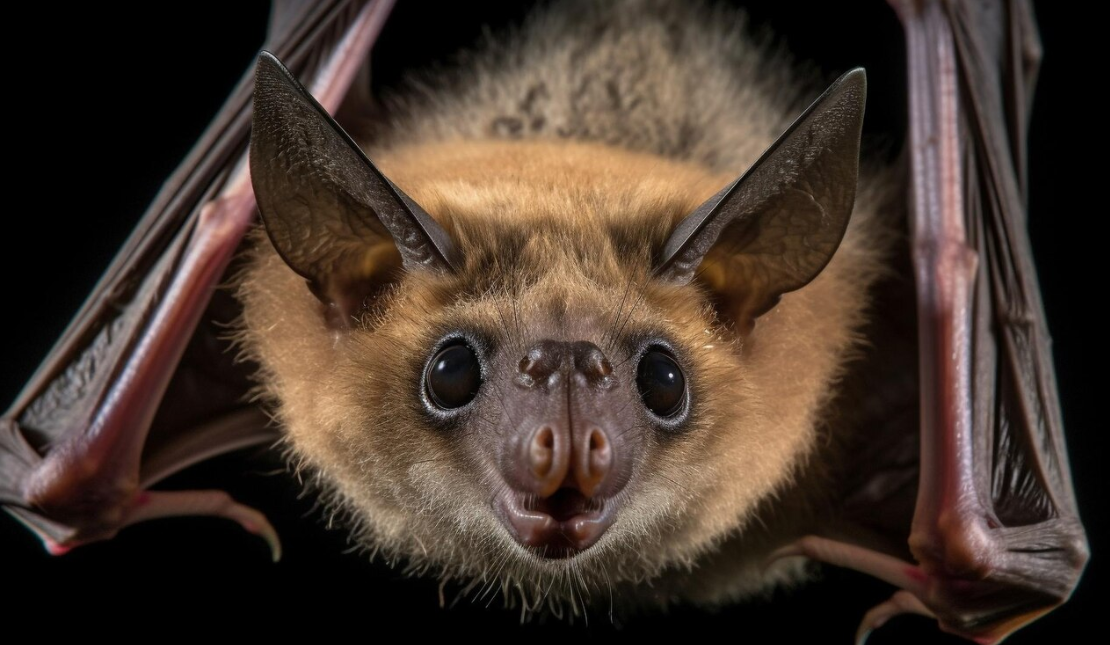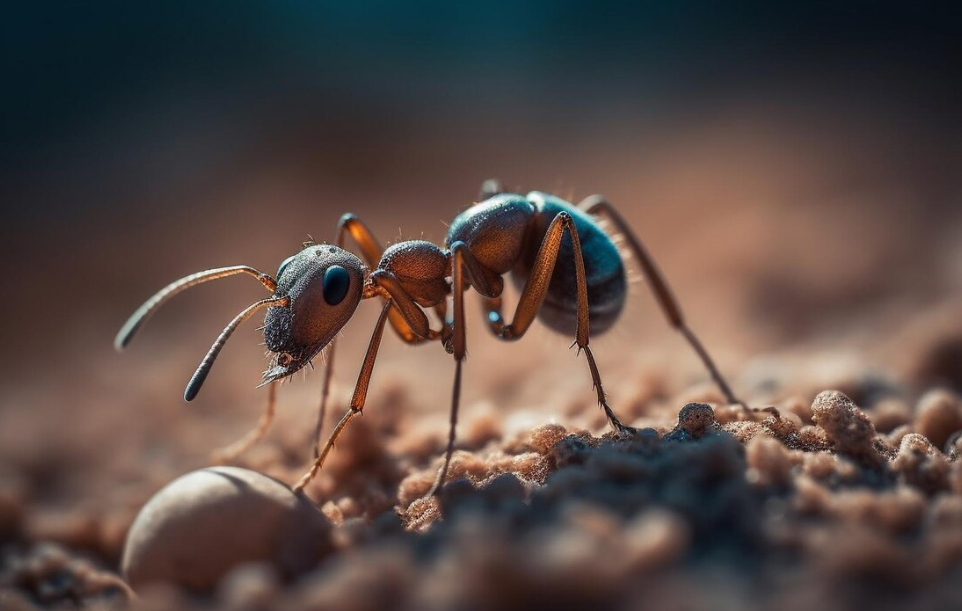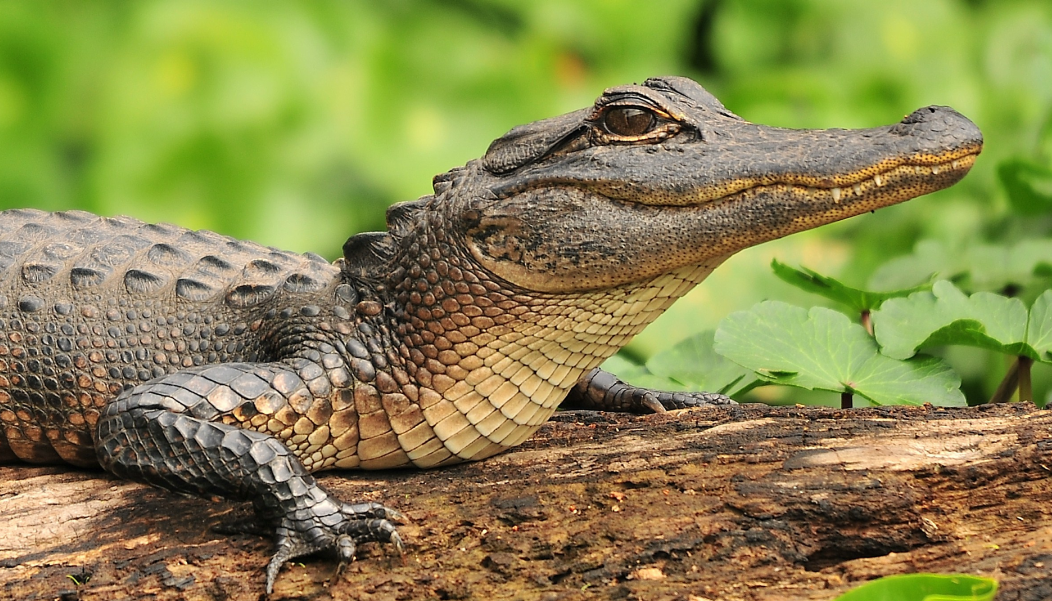Habitat
The word “habitat” describes the unique setting or conditions in which a certain species of organism naturally exists and flourishes. It includes all of the chemical, biological, and physical elements that affect an organism’s ability to survive and reproduce. A habitat’s characteristics might vary significantly based on the kind of creature and its needs. For instance, kelp forests, coral reefs, and the ocean bottom are examples of marine habitats, while deserts, grasslands, and rainforests are examples of terrestrial habitats. The resources and environmental factors that are specific to each habitat influence the relationships, behaviors, and adaptations of the creatures that live there.
Using an ecological niche as a lens, one may also comprehend the idea of habitat. The term “niche” describes a species’ function and location within its environment, including interactions with other species and resource use. It includes the particular resources and circumstances needed by a species in order to survive and procreate. A species’ physiological traits, habits, and adaptations that enable it to take advantage of certain resources and adapt to changing environmental conditions determine its niche. Comprehending a species’ ecological niche within its environment is essential to understanding its population dynamics, ecological interactions, and conservation requirements. Scientists may learn about the complex and interrelated structure of ecosystems and the significance of protecting a variety of habitats for the welfare of all creatures by studying the complex web of interactions within a habitat.




